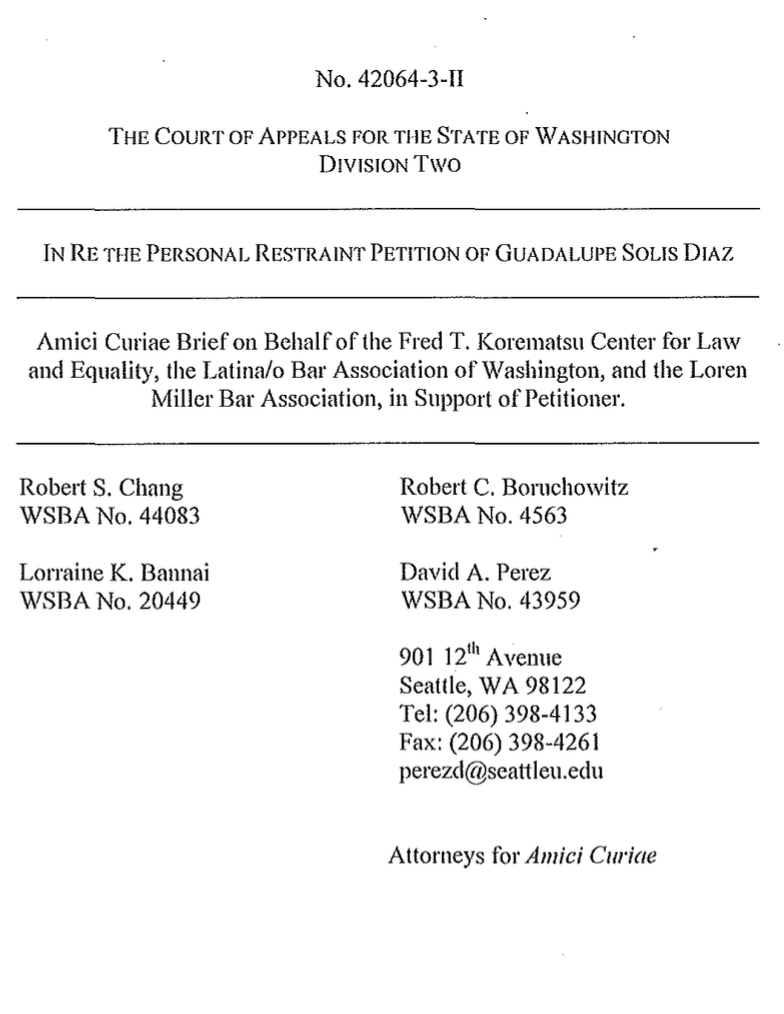
Summary of Argument
In Graham v. Florida, the U.S. Supreme Court held that sentencing juveniles to life without parole for non-homicide offenses constitutes cruel and unusual punishment. 560 U.S. _, 130 S. Ct. 2011, 176 L. Ed. 2d 825 (2010). The Graham Court reasoned that youth are less culpable than adults because of biological differences in brain development that render youth more immature, more likely to engage in risky behavior, and more vulnerable to external influences like peer pressure. Id. at 2040. Additionally, because youth brains are still developing well into late adolescence, the Court determined that their personality traits are more transient and capable of change than adult personalities. Id. at 2026-27. The undisputed scientific data confirms that youth cannot be expected to act as mature adults.
Although the Graham Court concluded that youth offenders must be given a "meaningful opportunity to obtain release," it left it to the States, "in the first instance to define what a meaningful opportunity would be and when it must occur. Id. at 2030. That instance has arrived: Guadalupe Solis Diaz, a youth convicted of a non-homicide offense committed when he was 16 years old, received an effective life sentence of 92.5 years. Because Washington has abolished its parole system, this sentence gives Guadalupe no meaningful opportunity to obtain release. This case is a prime example of how a youth offender's biological immaturities and susceptibility to peer pressure may facilitate poor decision making both in committing a crime and during plea-bargaining.
Given Graham's reasoning and what we know scientifically about youth brain development, this Court should vacate Guadalupe's sentence. The Court also should use this opportunity to provide guidance to the lower courts by defining "meaningful opportunity" as a term of years no longer than the youth's age at the time s/he committed the underlying offense. In this way, a 16-year-old offender will have the opportunity though not the guarantee - to be released by the age of 32, if that youth has "demonstrated maturity and rehabilitation." Id. at 2030. An age-based proportional definition of "meaningful opportunity" would be consistent with the Graham Court's reasoning that because youth offenders are less culpable than their adult counterparts, we should not give up on them no matter how heinous their crimes may have been. Id. at 2032-33.